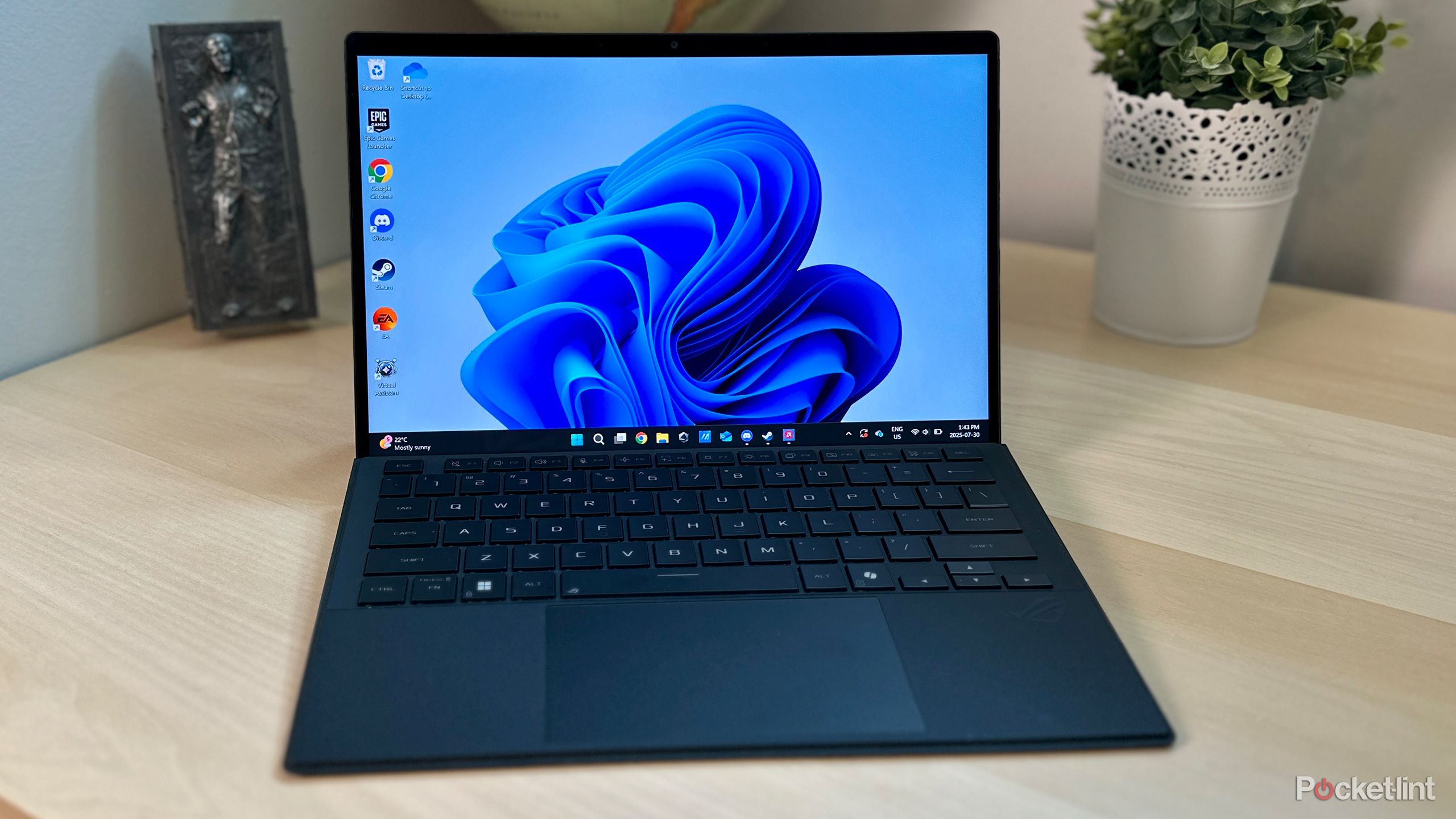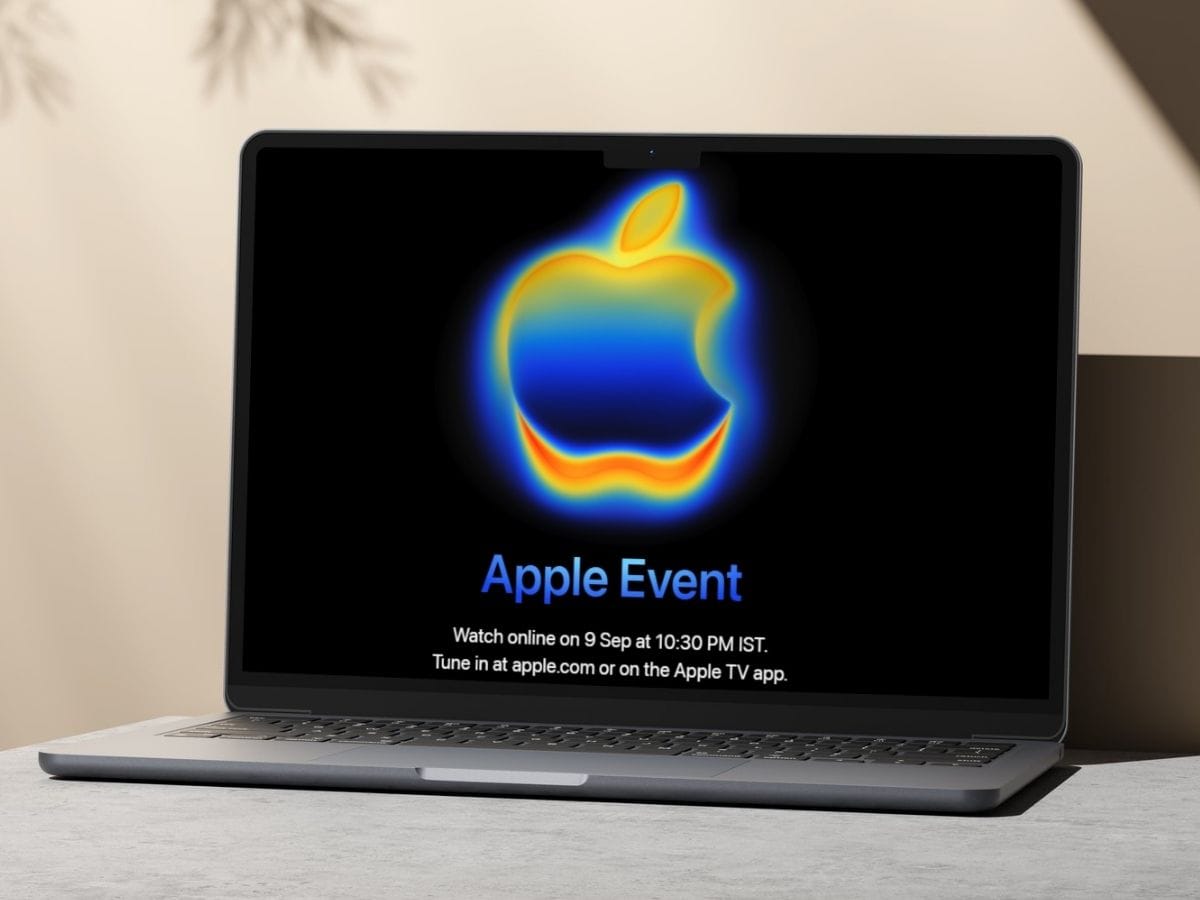Summary
- Windows 11’s Storage Reserve is intended to prevent problems with OS updates, but may need to be disabled if you want to install an app and there’s no more room on your SSD.
- You can turn it off using a special PowerShell command, although you’ll need Administrator privileges to do so.
- You should re-enable Storage Reserve the moment you’ve got at least 5GB free. If you’re having trouble with that, it’s time to invest in an external SSD, or offload files to cloud storage.
Storage doesn’t come at as high a premium as it used to. I remember that as a kid, running out of space on the family PC was a recurring threat, even though whole games back then sometimes took up less space than a single level does today. Prices per gigabyte are down, and frequently, we don’t need to save things locally anyway, I’m writing this piece on the web with my music streaming on Spotify. If I really wanted to, I could even play my games via streaming, although I don’t think cloud services (or the necessary bandwidth) are mature enough just yet.
It’s still possible to run into problems, particularly if you have a PC with 256GB of storage or less. At that point, every gigabyte counts, so you can’t afford to leave things alone if they’re not being used. Something I’ve discovered is that Windows 11 itself is often hogging space it doesn’t normally need, courtesy of a feature called Storage Reserve. You can and probably should leave the feature on most of the time — but if space is truly at a premium for you, here’s what you need to know about Storage Reserve and how to turn it off.
What is Windows 11 Storage Reserve?
A solution to an increasingly rare problem
Back in the day, by which I mean the late 2010s, Windows 10 updates were potentially problematic if you didn’t have several gigabytes free. It’s not that Windows wouldn’t let you update — trying to install the software could actually trigger errors, which was no doubt frustrating if all you were trying to do was keep your system current and secure. I had a similar experience recently with a set of Nvidia graphics drivers I was trying to install on my Lenovo laptop. I still can’t get PUBG to launch anymore, even though Cyberpunk 2077 and Battlefield 6 run just fine.
Storage Reserve (a.k.a. Reserved Storage) was Microsoft’s solution to the update dilemma, ironically delivered via a May 2019 update. This forced Windows to set aside room, initially a minimum of 7GB, regardless of whether you were dealing with a storage crunch. Since then, Storage Reserve has carried over to Windows 11, but also become a little more flexible. On my own PC, for example, it only occupies 5.77GB, and it may take up less on yours. When there aren’t any updates pending, Windows uses this space for temp files needed by both apps and the OS, so it’s never going completely to waste.
If you’re low on space, that’s exactly what the feature was meant for: preventing you from accidentally breaking Windows by squeezing your storage as far as it will go.
As I said earlier, it’s usually best to leave Storage Reserve active. If you’ve got ample room, there’s no real benefit to disabling it. If you’re low on space, that’s exactly what the feature was meant for: preventing you from accidentally breaking Windows by squeezing your storage as far as it will go. The only real reason to turn the Reserve off is if you absolutely need to install something, such as a copy of Adobe Photoshop for work, but Windows won’t let you because of that blocked-off footprint. Even then, it’s preferable to find unused files or apps to delete first, if at all possible. You might try scouring your computer for screenshots and duplicate photos, or uninstalling that game you’ve totally meant to finish, but never got around to. Thanks to cloud services, there’s often little to no penalty for temporarily removing something from your PC and putting it back when you’re ready to roll. You might also use this as an excuse to buy an external SSD and move some content there.
If you’re still persuaded that Storage Reserve needs to go, follow the instructions below. You can and probably should reverse your decision later if you’ve cleared up enough space.
How to disable Storage Reserve in Windows 11
Simple, but also trickier than it needs to be
For whatever reason, you can’t kill Storage Reserve using Windows 11’s Settings app, no matter how deep you dig into its menus. The most you can do is check whether the feature is on, and how much space it’s occupying. To do that:
- Go to Settings > System > Storage. Use the search bar to find and open Settings if you don’t have the icon in your taskbar.
- Click the small Show more categories link under the main Storage list (Installed apps, Other, etc.).
- Click on System and reserved.
- Check the data listed under Reserved storage.
If there’s any data in Reserve storage, that means the feature is active. To disable it, you’ll need to use PowerShell, a command prompt tool built into Windows. Follow these steps:
- In the Windows 11 search bar, type in PowerShell.
- When the app appears in search results, right-click on its icon and select Run as administrator. Otherwise, the following prompts won’t work.
- If you haven’t already checked that Storage Reserve is going, do that now by typing Get-WindowsReservedStorageState into PowerShell and hitting Enter. There are no spaces around the hyphens.
- Assuming Storage Reserve is on, type in Set-WindowsReservedStorageState -State Disabled, then Enter.
And with that, Storage Reserve is off. Once you’ve cleared up any room needed to both install new apps and turn the feature back on, however, you should probably do so as soon as possible. Assume that you should have at least 5GB to 7GB available. Once that’s done, the process is dead simple:
- In the Windows 11 search bar, type in PowerShell.
- When the app appears in search results, right-click on its icon and select Run as administrator.
- Type Set-WindowsReservedStorageState -State Enabled into PowerShell and hit Enter. There are no spaces around the first hyphen.
Seriously, though, if storage is so low that you’re contemplating turning Storage Reserve off, it’s probably time to invest in hardware or subscription upgrades. As of this writing, you can get a (quality!) 1TB external SSD for $80, or a 128GB model for less than $30. If that’s too much, you might want to try the free versions of cloud services like Dropbox, iCloud, Google Drive, or Microsoft OneDrive.
The trick is that to save PC storage, you’ll need to empty the local folders of those services without deleting anything you’ve uploaded. If you’re already subscribed to cloud storage, you may need to bite the bullet and pay for a higher tier. That can end up costing well more than $80 in the long run, but at least you’ll be paying it out slowly, with the additional convenience of being able to access your files anytime on almost any device.












